Have you ever seen your child completely absorbed in creating a world on paper? Crayons dance across the blank canvas, a symphony of colour taking shape. Then, a triumphant grin! They hold up their masterpiece, a vibrant story waiting to be unravelled. These moments capture the magic of drawing for kids – a wellspring of creativity and pure joy. But beyond the fun, drawing holds immense value. This blog will dive into the “how” of teaching children to draw, the intriguing stages of artistic development, and the numerous benefits of putting crayon to paper.
The Stages of Drawing Development
Knowing the stages of drawing development unlocks a secret code. We can see how children’s art naturally progresses and tailor our support to their specific needs at each stage. Here are the key stages:
- Scribbling Stage (1-2 years)
- Pre-Schematic Stage (2-4 years)
- Schematic Stage (4-7 years)
- Transitional Stage (7-9 years)
- Realism Stage (9-12 years)
At this stage, children enjoy the physical act of drawing. They make random marks on paper, experimenting with different strokes and colours. This is their first attempt at expressing themselves visually.
Children start to create simple shapes and lines that represent objects, though they may not be immediately recognizable. They begin to understand that drawings can represent real things.
In this stage, children develop a more consistent way of drawing objects. Human figures often appear as stick people with distinct body parts. They begin to use colours more purposefully and create more detailed and organised drawings.
Children’s drawings become more realistic and detailed. They start to understand perspective and proportion. Their drawings reflect a growing awareness of the world around them.
At this stage, children strive for realism in their drawings. They pay attention to details, shading, and perspective. Encouragement is key at this stage.
The Benefits of Drawing for Kids
Drawing is a powerful tool for child development. It offers a range of benefits that go beyond simply creating art. Here are some of the key benefits of drawing:
- Cognitive Development
- Fine Motor Skills
- Boosting Confidence
- Enhancing Creativity
Children who draw are more able to think critically and solve issues. This improves cognitive skills. They use their brains to plan and make decisions when they choose how to depict an object or a scenario.
Grasping crayons, pencils, and brushes isn’t just about making colourful marks. These measured movements become a workout for tiny hands, building dexterity and sharpening hand-eye coordination.
Creating something unique and receiving favourable feedback increases a child’s confidence and self-esteem. It fosters the notion that their thoughts and efforts are worthwhile.
Drawing encourages imagination and creativity. Drawing lets kids experiment freely, hatch new ideas, and develop a problem-solving approach that will be a superpower throughout their lives.
Tips for Teaching Your Kids to Draw
Now that we’ve covered the importance of sketching in child development, let’s look at some practical methods for teaching your children to draw.
- Provide the Right Materials
- Encourage Free Drawing
- Praise Effort, Not Just Results
- Introduce Drawing Games and Challenges
- Use References and Inspirations
Offer a plethora of age-appropriate, safe art supplies, such as markers, coloured pencils, crayons, and plenty of paper. Their imaginations can flourish more the more possibilities they have to explore and experiment with!
Forget strict rules, focus on the pure joy of creation. Encourage them to explore their creativity and bring their own fantastic ideas to life. Remember, masterpieces can wait – the goal is to nurture a lifelong love for drawing!
Instead of just saying “good job,” turn the spotlight on your child’s artistic journey! Celebrate their effort and creativity by pointing out specific details you love. Did they use a surprising colour combination? Did they add a tiny ladybug you missed at first? These compliments fuel their passion to keep exploring and mastering their unique artistic voice.
Make drawing fun by introducing games and challenges. For example, you can play a game where each person adds to a collaborative drawing or challenges your child to draw something specific within a time limit. These activities add an element of excitement and can help develop their skills.
Show your children a variety of references and sources of inspiration, including picture books, nature, and family photographs. Encourage children to notice details and incorporate what they see into their drawings.
Fostering a Lifelong Passion for Drawing
Art Classes: Enrol them in classes where they can develop their skills in a supportive environment. These classes can become springboards for learning new techniques like shading and perspective, while fostering a sense of community through interaction with other budding artists.
Explore Mediums: Go beyond crayons! Introduce them to watercolours, which allow for beautiful blending and washes of colour. Experiment with pastels for a soft, whimsical touch, perfect for fantastical creatures. As they mature, consider digital tools that open doors to animation and intricate illustrations. Exploring different mediums keeps the creative process fresh and exciting, helping them discover their artistic voice.
Art Appreciation Adventures: Turn museum and gallery visits into adventures! Expose them to a variety of art forms, from historical masterpieces that tell stories through time to modern installations that push creative boundaries. This broadens their understanding of artistic possibilities and sparks inspiration for their own creations.
Fuel Their Artistic Passions: Pay close attention to their evolving interests. Do they love bringing characters to life with dynamic poses (cartooning)? Perhaps they dream of painting landscapes that transport viewers to new worlds. Provide the resources and encouragement they need!
Teaching your children to sketch is about more than simply the images they produce; it is about releasing their potential for growth and creativity. As they explore the universe of lines and shapes, kids gain vital skills and develop a lifelong passion for self-expression. Provide the right tools, create a positive and encouraging space, and celebrate their efforts with every colourful scribble.
Mother’s Pet Kindergarten is an option for parents searching for a caring and encouraging atmosphere for their children. Mother’s Pet Kindergarten is an ideal learning environment for your child, emphasising holistic growth and fostering love. Come discover how we can help your child realise their greatest potential by coming in today!
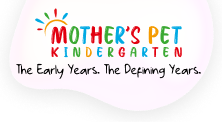
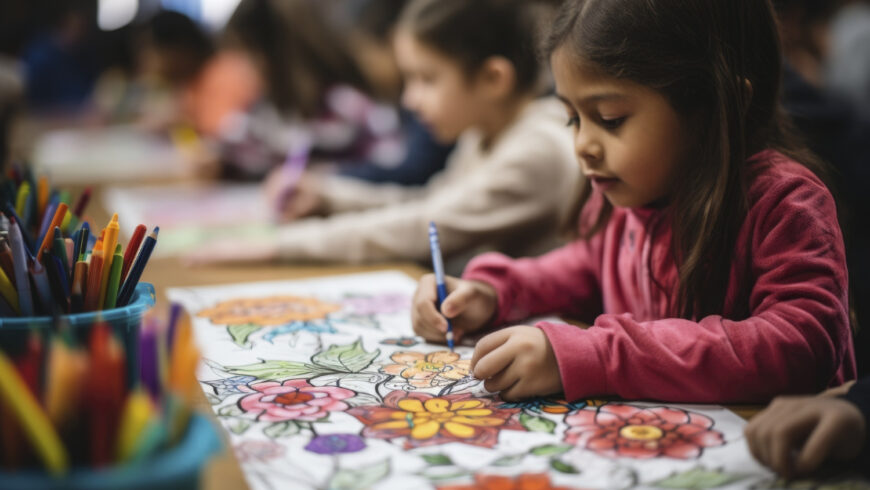
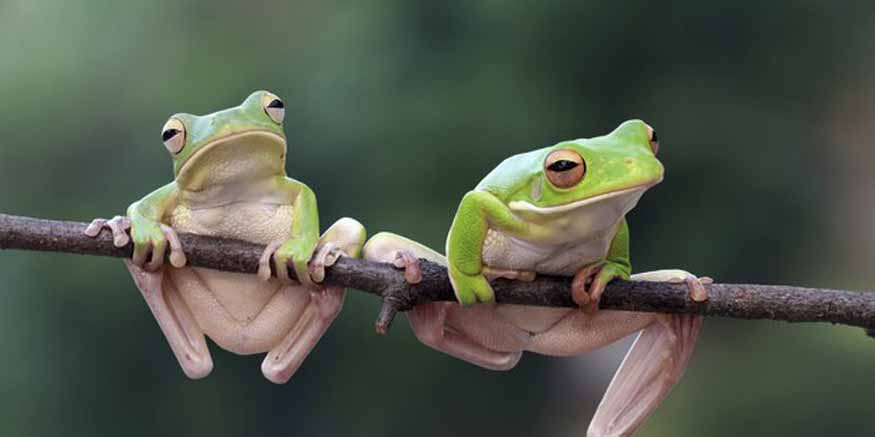
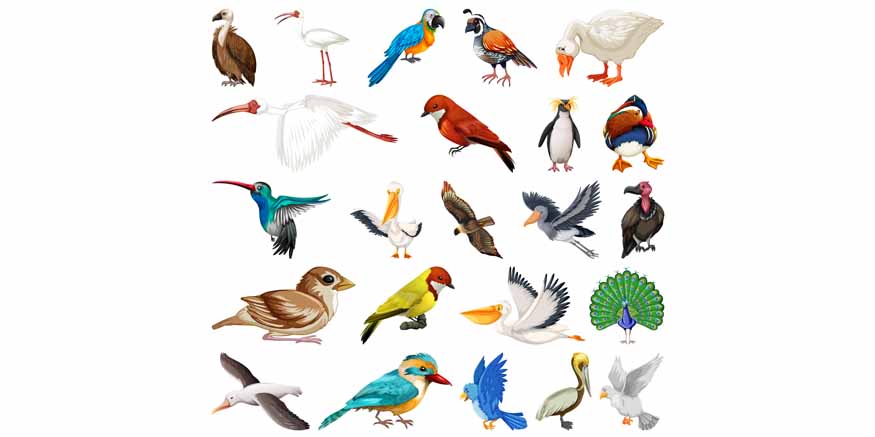


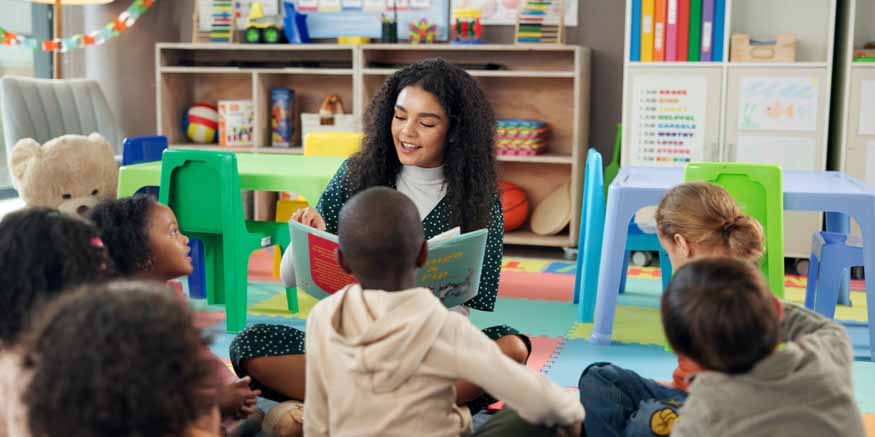
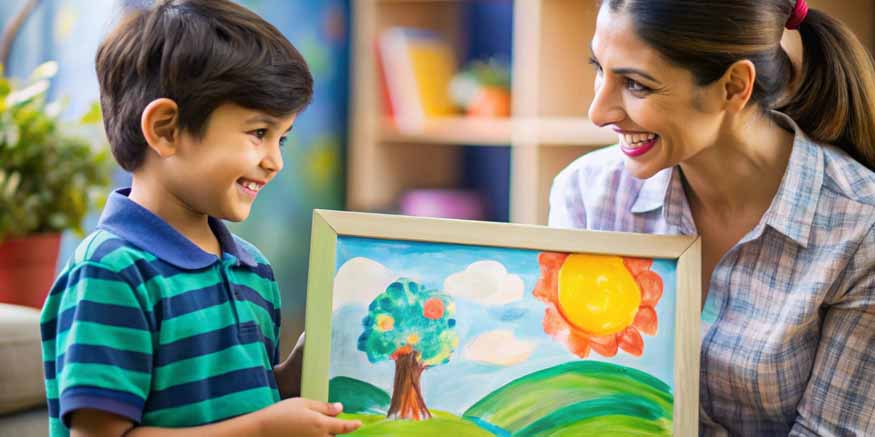
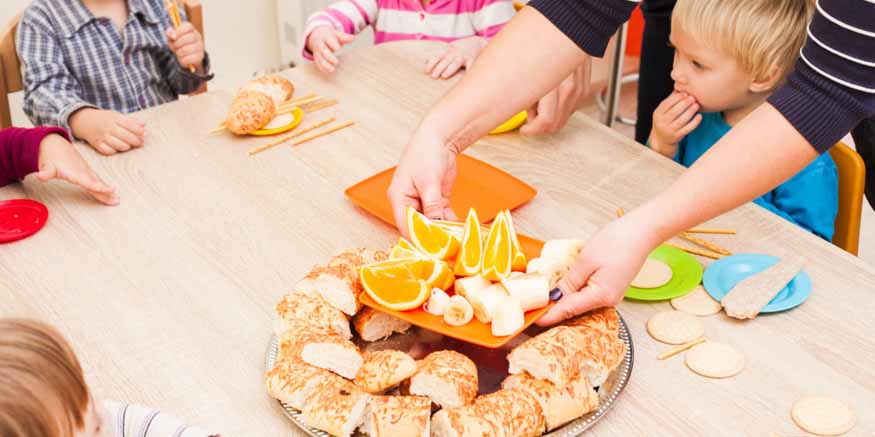


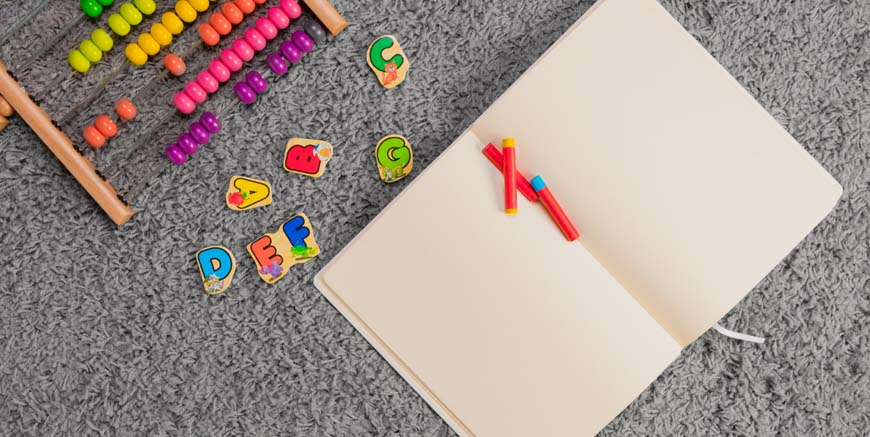

Recent Comments